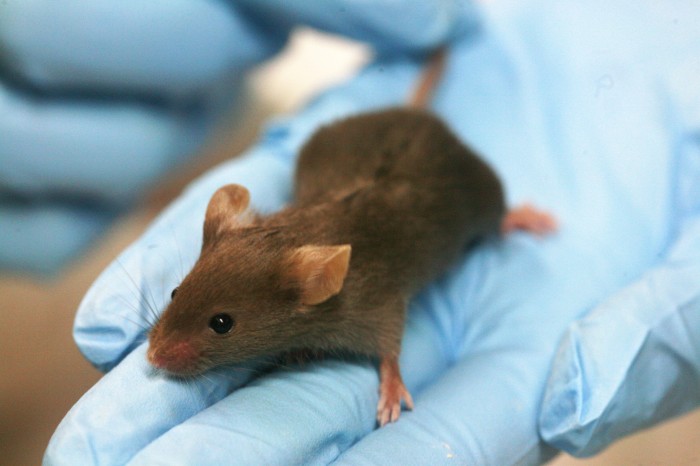
HIV medications
A child thought to be cured of HIV is actually still infected. The child received aggressive treatment immediately after birth, which made the virus undetectable. Now the child is showing signs of viral infection again, after two years without therapy. From the Bloomberg:
The child, born to an HIV-infected mother, is now nearly four years old. It was found to have detectable HIV levels in its blood during a routine clinical care visit earlier this month, according to a statement by the National Institute of Allergy and Infectious Diseases.
Doctors had unintentionally stopped giving anti-retroviral treatments to the child at 18 months. When care resumed five months later, medical staff couldn’t detect the virus and the speculation was that the child was free of the illness.
“Obviously, as an individual patient it’s disappointing,” said Anthony Fauci, director of NIAID, in a telephone interview. “But we’re learning very important things. Our capability of detection isn’t good enough. This reservoir is extraordinary, and we need to get better tools to measure it accurately.”

